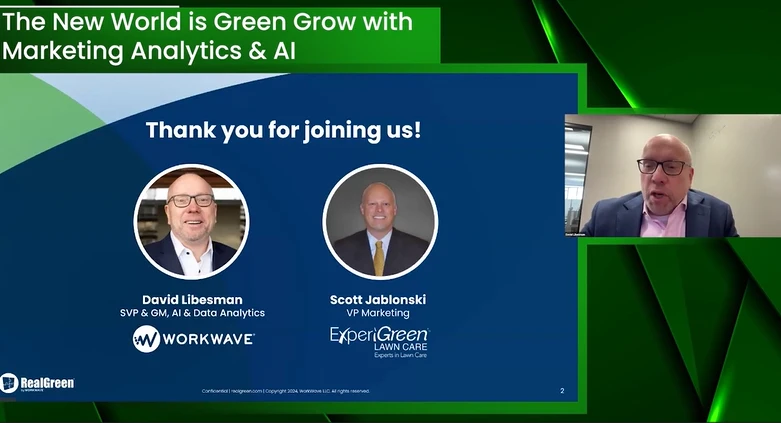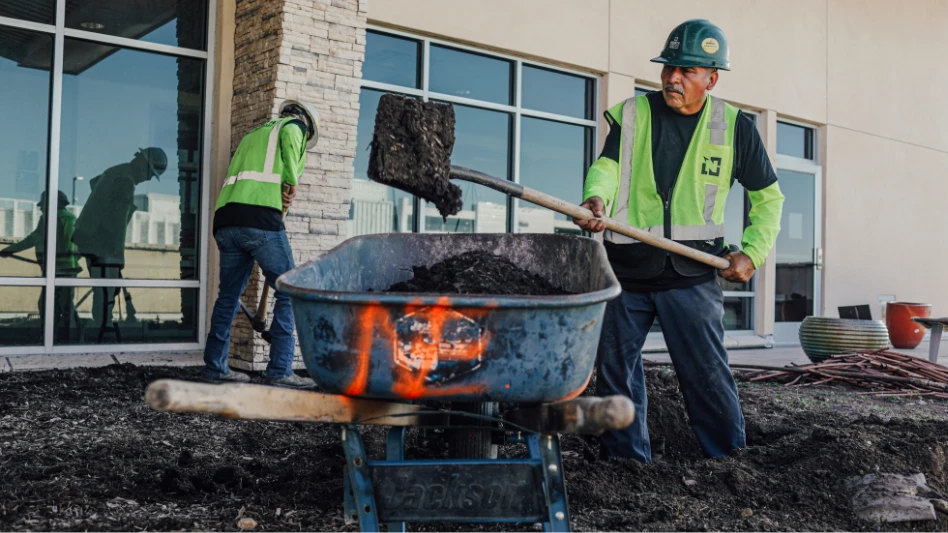 Bob Dylan once sang, “Then you’d better start swimming, or you’ll sink like a stone. For the times they are a changin.’”
Bob Dylan once sang, “Then you’d better start swimming, or you’ll sink like a stone. For the times they are a changin.’”
For the average office manager on the verge of drowning in a sea of paperwork, there is a way to swim.
Amid the stresses and spurs of busy season in the landscaping industry, Beth Blaylock, office manager of Upstream Waters Landscape in Niles, Mich., found a way to clean up the clutter, and get work orders out in a more timely and accurate fashion.
Her solution: go paperless.
“It was largely a time thing,” Blaylock says. “For me, putting in all that information, and for the guys in the field to fill it out, was just too much.”
Upstream Waters made the decision to go paperless in the spring of 2013. They switched out pen and paper for tablets and the accompanying Hindsight app.
Hindsight, developed by a former employee of an irrigation company, can be tailored to its user’s company. The app can track materials, make schedules, route employees and add personal notes to any clients’ file. It can also link to the Quickbooks app to transfer numbers for invoicing and accounting.
The company planned for a three-month transition period for employees to switch work-order platforms. All the contractors were so enthused with the new medium that they transitioned smoothly in just one month.
“They were really excited to drop the pen and pencil and pick up a device,” Blaylock says.
Anthony Lubarsky, a foreman for Upstream Waters, says the move has fixed problems he and his crew used to have with losing or damaging important papers.
“It was a complete 180,” he says. “It was not a problem at all for me.”
Along with work orders, Blaylock says 25 percent of their invoicing is now paperless. That percentage opted into the paperless system voluntarily. As much as they would like to be 100 percent paperless, they still have to cater to their pen and paper clientele.
“We would do everything online if we could,” Blaylock says. “But not all of our customers are there yet.”
It wasn’t just organization, cost efficiency or time efficiency that improved. Blaylock says accuracy of the orders themselves increased dramatically. As opposed to waiting until the end of the day to fill out work orders and rushing through them to get home, all crews have to fill them out immediately after leaving a client. They cannot get the information for their next job until they complete their work order. The fresher memory and more thorough procedure from the app prompted better systems for the company.
The technology does, however, come with its price. According to Lubarsky, problems arise when crews arrive at job sites where they cannot get a good signal.
“We have Verizon, which is pretty good,” Lubarsky says. “But there are still times where we might have to leave a site to get a signal and pre-download everything.”
Blaylock also warned that a paperless system is not a be-all-end-all magical cure for unorganized managers.
“Overall, if you’re going to do it, you really need to know your business,” Blaylock says. “No app is 100 percent. It’s not a solution if you’re unorganized. You need to tailor the app to fit your business or vice versa.”
All in all, the new system has done good things for Upstream Waters Landscape. When the company moved offices, Blaylock says she had more time to help with the move instead of burying herself in paperwork.
Of the new system and transition at large, “overall, it’s been a really positive experience,” Blaylock says.

Explore the October 2014 Issue
Check out more from this issue and find your next story to read.
Latest from Lawn & Landscape
- Ever-changing landscape of SEO
- Fleetio acquires Auto Integrate, raises $450M in Series D funding
- Davey Tree expands in St. Paul, promotes Ostlie to district manager
- Schill Grounds Management taps 3 for senior leadership roles
- HD Hyundai Construction Equipment North America adds to wheeled excavator lineup
- High maintenance
- From Design to Proposal: Estimating and Rendering Support Services
- PERC adds Joel Stutheit as senior manager of business development






